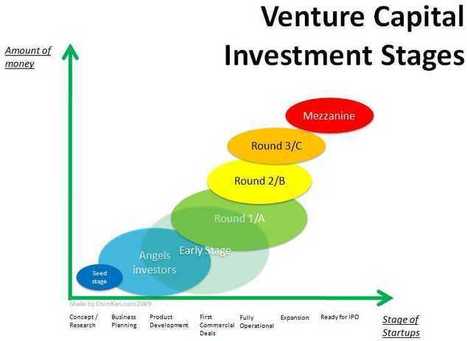The crowdfunding model is now a mini-cottage industry, thanks to Kickstarter, and yes, he's been spoofed by 'South Park.'
Excerpts:
...When did the concept of crowdfunding first click for you?
In 2005. I had these artist and musician friends with day jobs that they hated, but they couldn’t afford to just do art or music. There’s a widespread assumption that creative things just magically happen, and they don’t. Creation requires funding.
....(order changed) Today, millions of people use the site each day, adding up to a daily average of $1 million in pledges (some 70,000 campaigns have launched on the site).
...Are there plans to grow the staff?
Actually, no. I think we’ll get to 100 people, but not much beyond that in the near future. Being a small company [means we are] light on costs, and I like the scrappiness of trying to accomplish a lot with a little. There’s far more shared ownership with a small team.
...Are you threatened by ...copycat competitors?
I’ve always known others would copy our idea, but to be honest, we’ve always been the strongest product. ....and for most of our measurements -- dollars pledged, site visitors, project supporters -- there’s a huge gulf between us and the rest of the field.
Via
Deb Nystrom, REVELN



 Your new post is loading...
Your new post is loading...


















Read and Heed